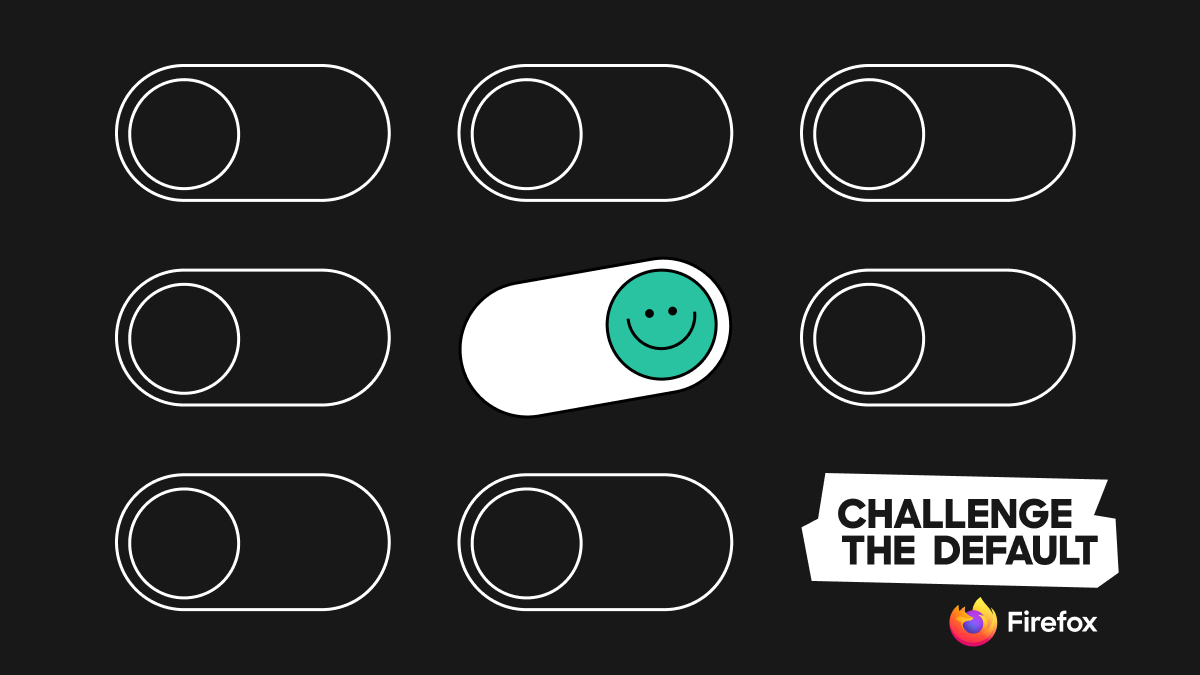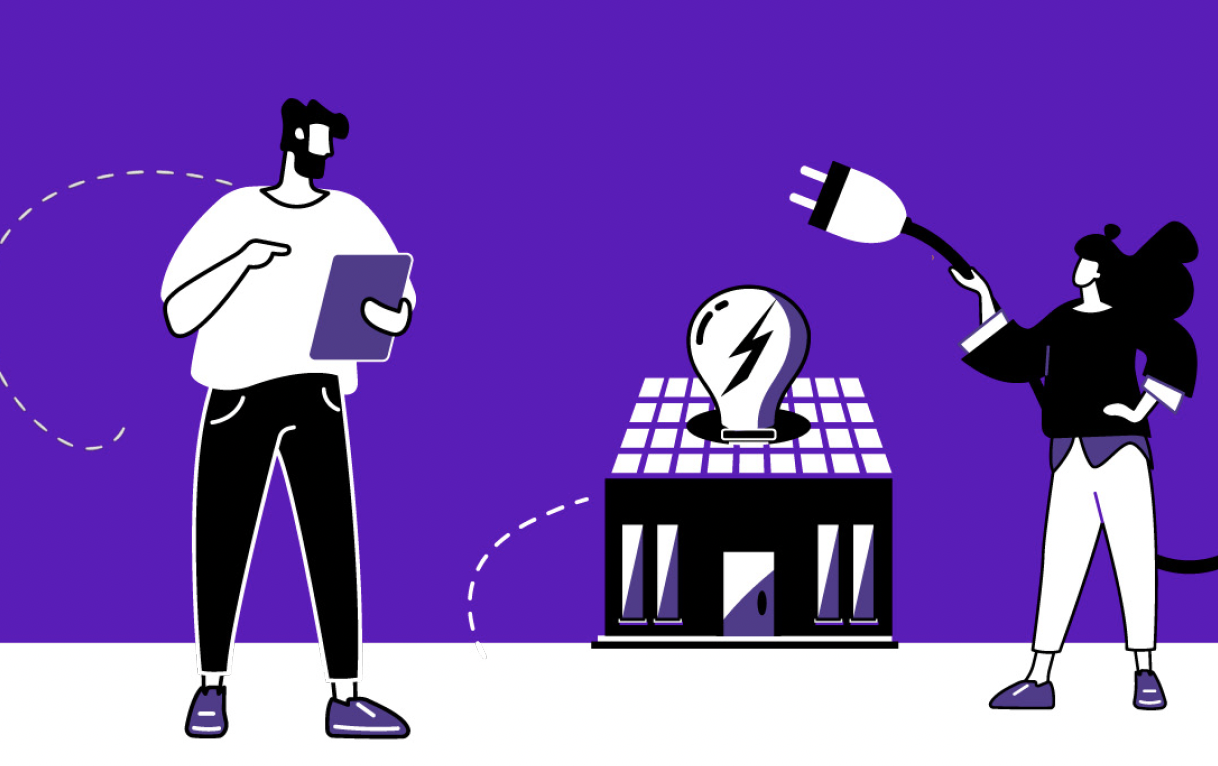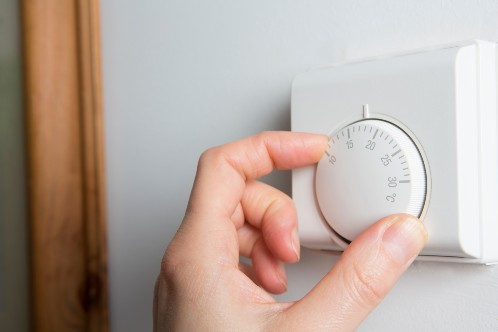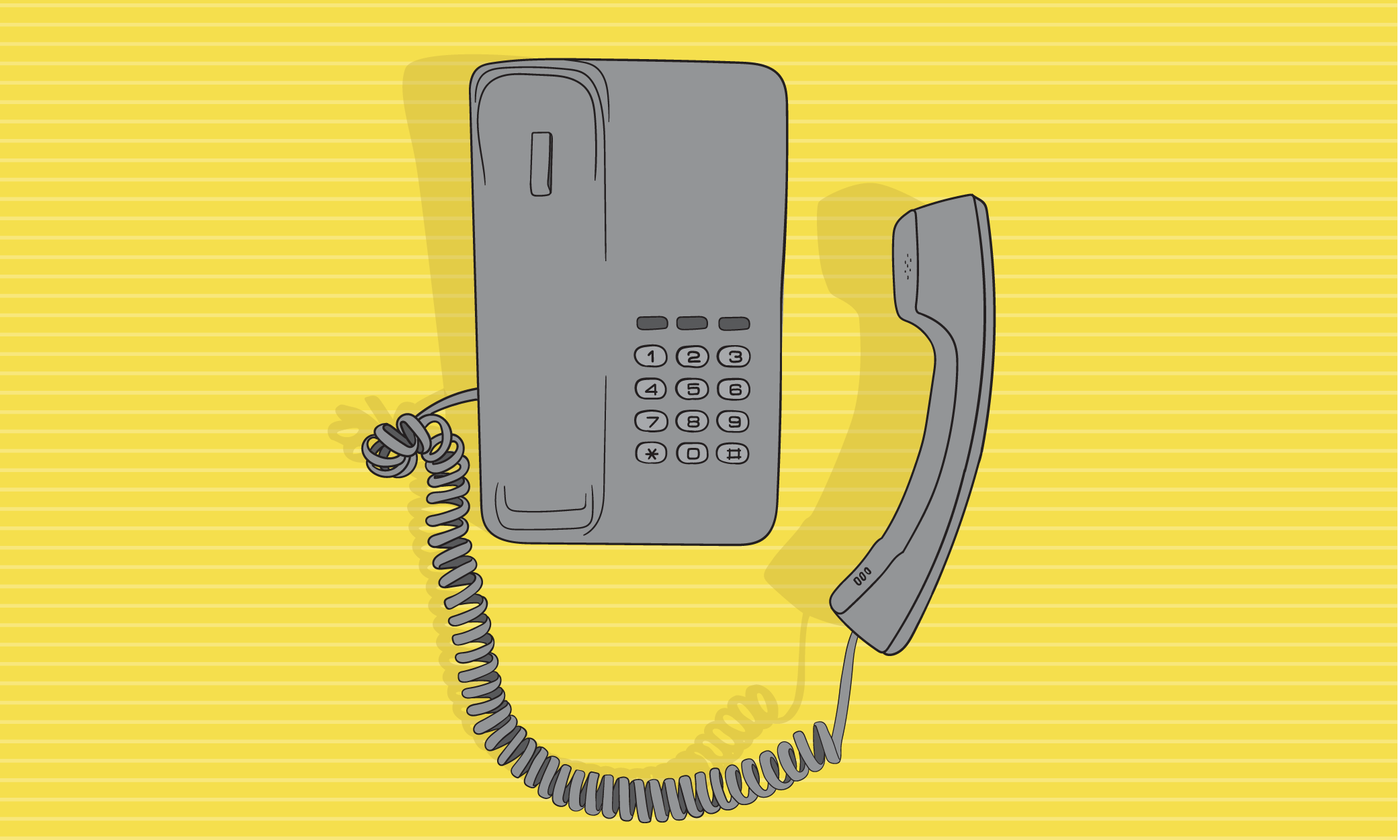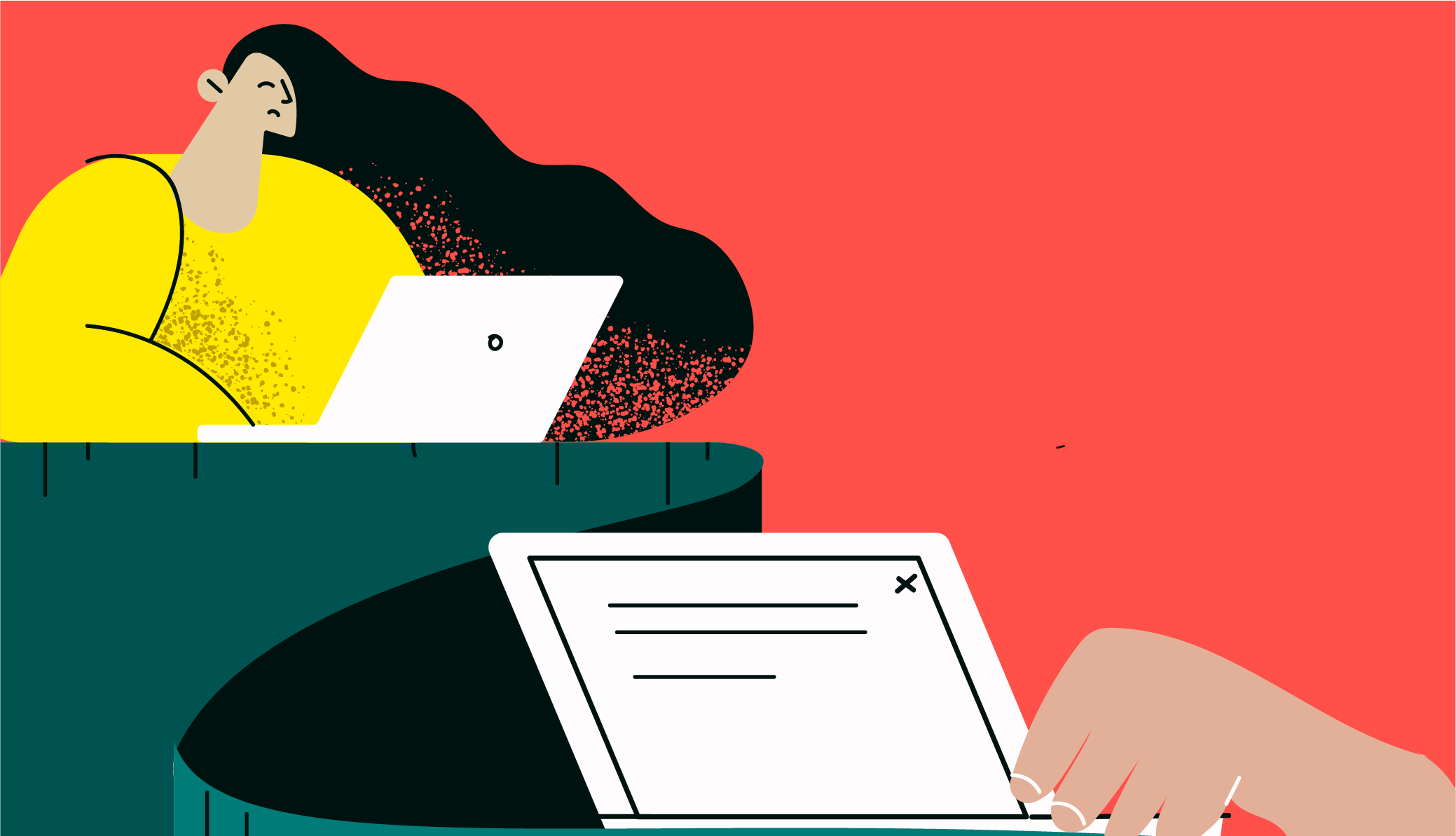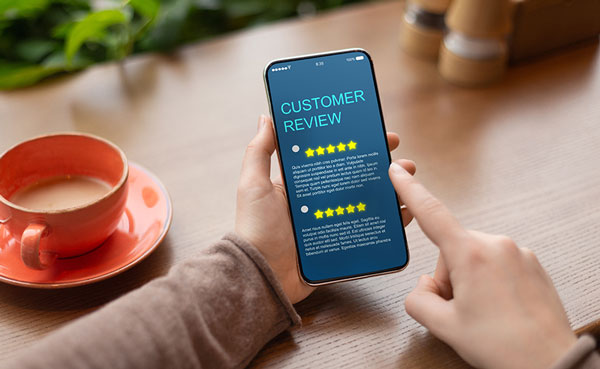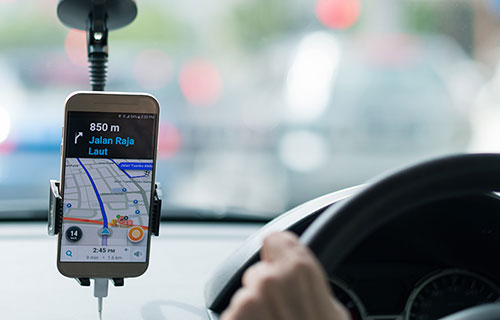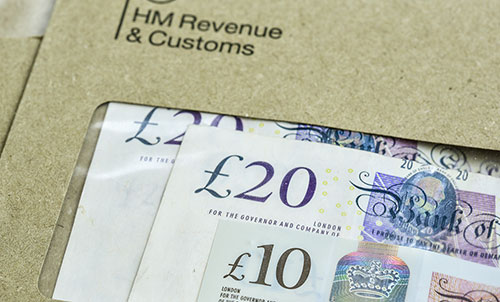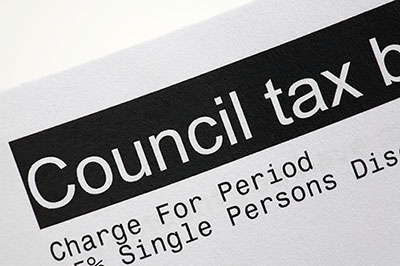Consumer Protection
Using behavioural science and online experiments to test the potential of browser choice screens
2024
PARTNERS
Mozilla
Share
The Behaviouralist partnered with Mozilla to design a choice screen to allow Windows and Android users to select their default web browser when setting up their device. We tested the impact of different variants of browser choice screen on user experience in an online experiment with 12,000 participants across three European countries.
Most device manufacturers and operating systems pre-determine a default browser for their users: their own. This practice is anti-competitive as it unfairly advantages companies that produce both a device/operating system and a browser (e.g. Microsoft (Edge), Apple (Safari), Samsung (Samsung Internet). This directly harms consumers as their freedom of choice is discouraged, and the lack of competition reduces the incentives for incumbent browsers to innovate and improve, which would benefit users in the long-run. There is intention amongst regulators to address anti-competitive practices in digital markets; for instance, the EU Digital Markets Act will mandate browser choice screens, which prompt users to actively choose their default browser themselves. This study highlights the positive impact of choice screens on promoting competition and improving user experience, and provides crucial evidence on the optimal design, content, and timing of choice screens.
An innovative online experiment recreating Windows and Android operating systems to test different browser choice screens.
To assess the impact of various designs of browser choice screens, The Behaviouralist conducted an online experiment involving 12,000 participants across Germany, Spain and Poland. We created highly realistic simulations of Windows and and Android operating systems as part of an online survey to capture users’ experiences interacting with the browser choice screens.
Participants were randomly allocated between a control group and four treatment groups:
- Control (users not shown a browser choice screen)
- Low information (users shown 12 browsers, with minimal information about each)
- High information (users shown 12 browsers, with high information about each)
- Fewer browsers (users shown 5 browsers, with high information about each
- Browser first-use (users shown 5 browsers, with high information about each, when they first went to use the default browser (i.e. post set-up))

An example of the browser choie screen show to the 'high information' group using Android.

An example of the browser choice screen shown to the ‘fewer browsers’ group using Windows.
Users that were shown browser choice screens had greater satisfaction with their browser, felt a greater sense of control whilst setting up their device, and were more likely to choose independent browsers.
Whilst over half (51%) of users who were not given a choice of browser expected to change their default in the future, 98% of those who were presented with a choice screen expected to stick with the browser they chose, indicating that choice screens enhance user satisfaction. This is supported by the finding that users felt more in control when prompted to choose their browser. Choice screens made users 13% more likely to choose an independent browser over the incumbent (i.e. a browser not produced by the operating system/device manufacturer over the one that is).
The experiment found that users preferred a choice screen with more browser options rather than fewer, and wanted a high level of information about the available options. They also wanted to choose their browser as part of the initial device set-up process, as opposed to later on when they first use the web.
Importantly, the study found no drawbacks to browser choice screens, as setting up a new device did not require significantly more time or effort when it included choosing a browser.
The design, content, and timing of choice screens influences browser choice.
When incumbent browsers Samsung Internet and Edge were listed in fourth position rather than first, they were 38% less likely to be chosen. In addition, users were almost twice as likely to choose the incumbent browser if the choice screen is shown the first time they use the browser, as opposed to earlier when they are setting up their device. This latter finding was not foreseen, which emphasises the importance of testing the effects of interventions before introducing regulatory changes. These findings support regulators not only mandating browser choice screens, but also regulating the design and timing of those choice screens.
This large-scale experiment was innovative in its realistic simulation of both Windows and Android operating systems to replicate the experience of setting up a new device. The positive findings support the mandation of browser choice screens and provide insight for regulators on how to best design these choice screens to encourage competition and increase user satisfaction.
You can view the full report by Mozilla here.



